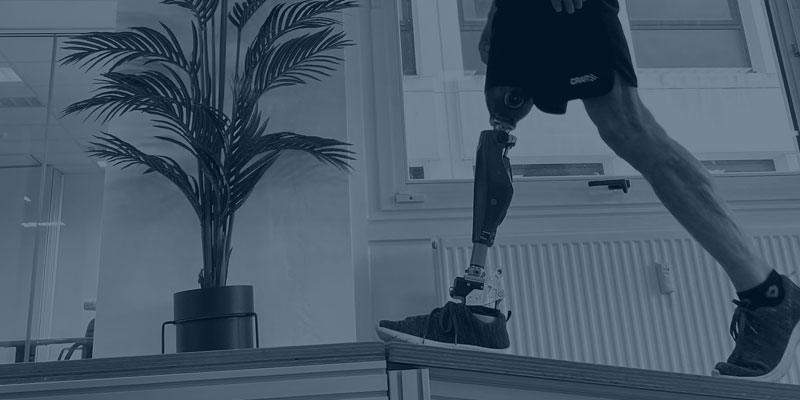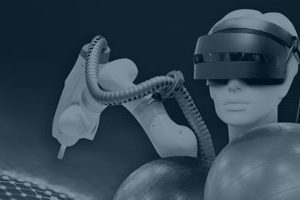Academia is often referred to as the breeding ground of innovation. Skilled researchers spend years, blood, sweat and tears to create new technologies and ultimately reach the Eureka moment. The point at which their research can be translated into a physical (or digital) realization, a new product or service. This is an inflection point, where you transition to a new approach, methodology, thinking pattern and mindset. You’re no longer a researcher; you’re a product developer. Where do you start? How do you avoid reinventing the wheel? And how do you ensure that you’re inventing the right wheel?

There are numerous articles, books, blogs, webinars and other content tackling these questions. However, putting them into practice, applying the theories to your specific case, isn’t trivial.
The co-creation journey
Pierre Cherelle, Founder and CEO of Axiles Bionics, reached his inflection point after 7 years of research. An opportunity was evident: the ankle prosthetic market at the time hadn’t seen any significant innovation for over 20 years, even though it was in dire need. With the technology in one hand and a business case in the other – the journey started.
Axiles Bionics activated Verhaert to support them in accelerating their product development, accelerating the time-to-market, and asking the right questions at the right time. Herein, it was Axiles Bionics’ ambition to over time take complete ownership of their technology, hardware and software.
In this co-creation project, Axiles Bionics could leverage the product development experience of Verhaert, the technical support of its engineers and over time phase out the support as it builds up internal capacity and capabilities. Such a partnership requires a structured development approach, in line with Verhaerts’ methodology.
Embracing the new paradigm
After 7 years of research, going back to the drawing board, brainstorming, and challenging the concept was not the expected start. However, it’s essential to challenge ideas, brainstorm, and tackle design issues or address needs from various perspectives. Essential to design the right product, software, or service in that regard.
Peter Ogrodnik defines ‘design’ in his book Medical Device Design as follows:
Design is the use of scientific principles, technical information, imagination, ingenuity, and specific background knowledge to define a product to meet a well-defined need with the maximum economy and efficiency.
Using these principles, information, imagination and background aren’t based on one individual, it’s a collective. A collective with a broad background in expertise and experience. In addition, the well-defined need isn’t that of an individual, but again of a collective – or population. To do this successfully, it’s important to gather the necessary evidence from a technical, user and business perspective.
You often read that the key to success is to “surround yourself with people that are smarter than you “. Smarter may not be the right word, but more inspiring may be more suitable, it’s central to a successful methodology in new product development.
Bringing the challenge home
The brainstorms and conceptualization exercises were fruitful because they led to potential improvements in the business case, product cost and functionality. These however came at a risk. As a result, Axiles Bionics and Verhaert agreed to a de-risking development approach, tackling the largest risks and uncertainties first with limited effort.
Over time the involvement of Axiles Bionics increased, and Verhaerts’ engineers phased out of the project: from daily updates to weekly meetings, to monthly advisory on an ad-hoc basis. The result? The fundamental feasible concepts were integrated into a prototype. Axiles Bionics then took full ownership of the further development and now launched product: Lunaris.
Verhaert very much enjoyed this fruitful collaboration with Axiles Bionics and looks forward to supporting researchers in their inflection point in the future!




